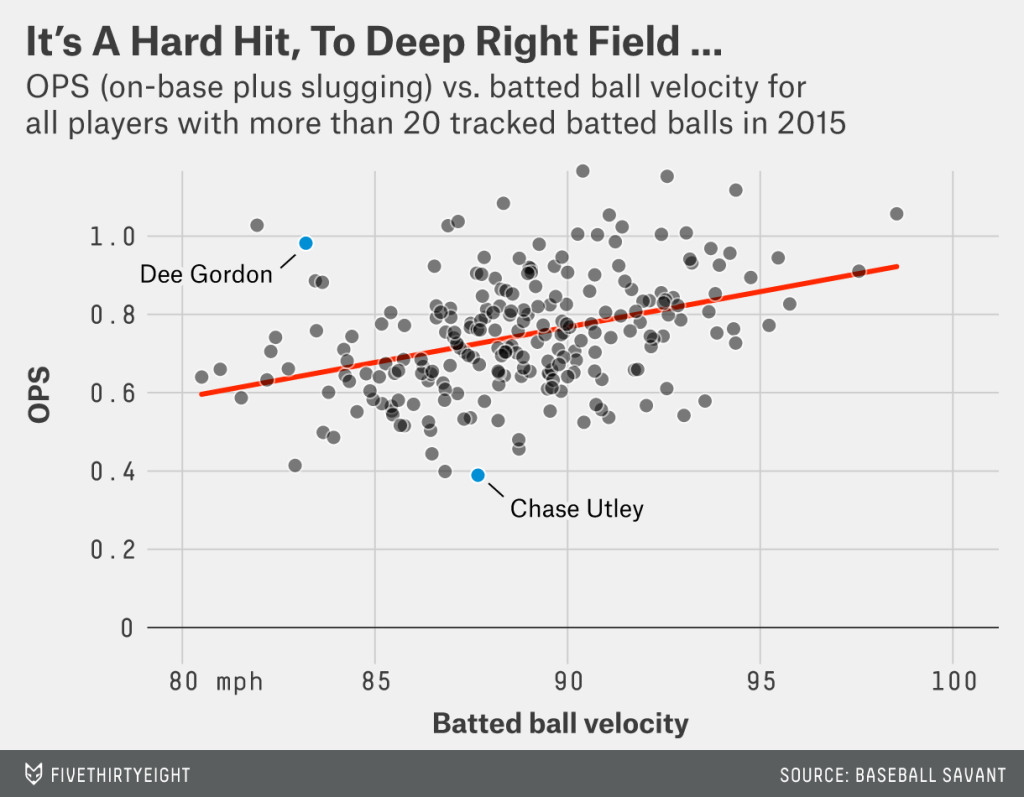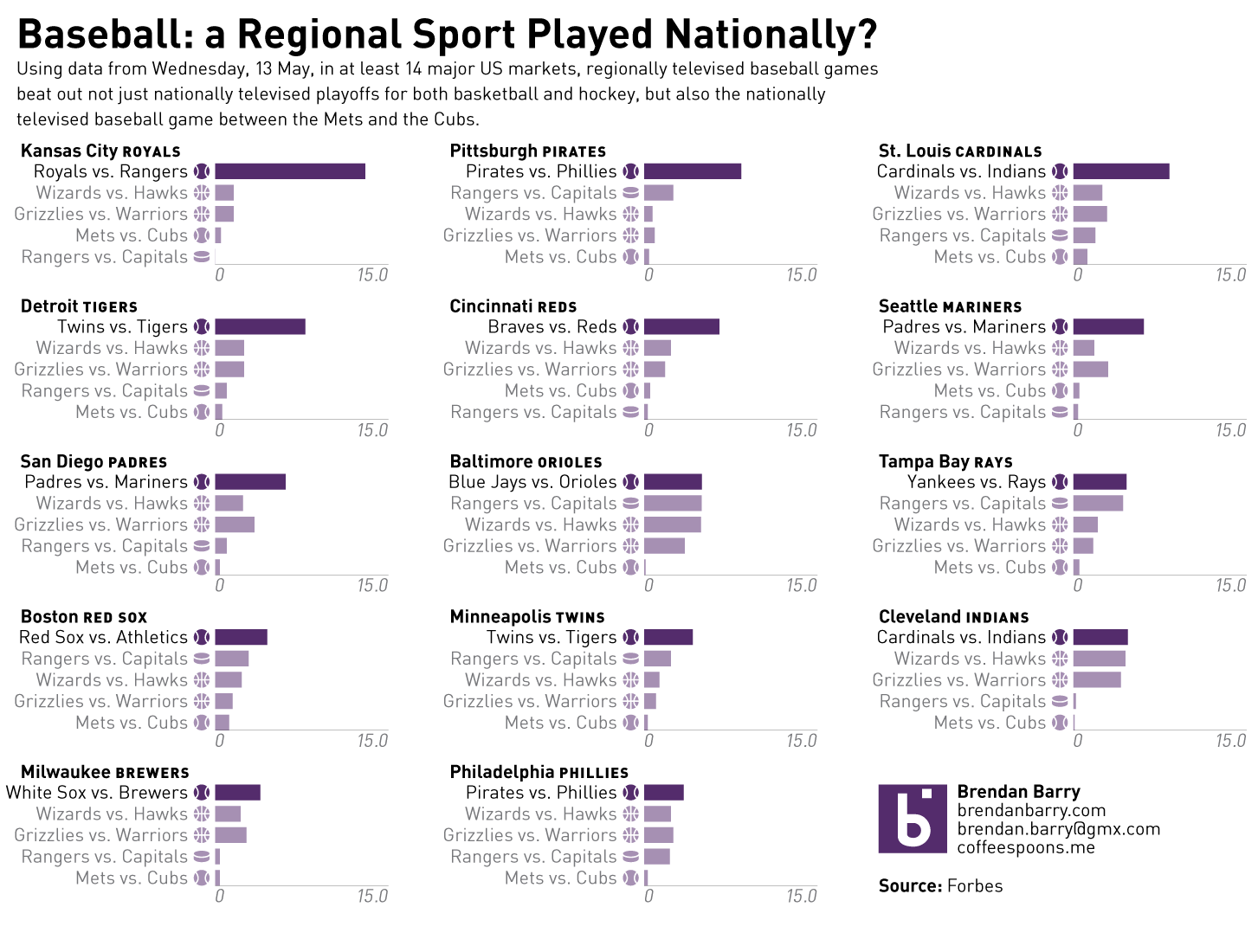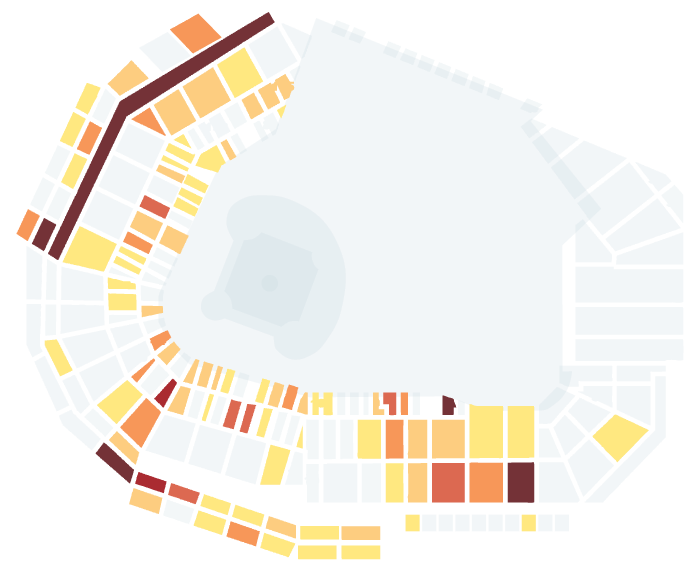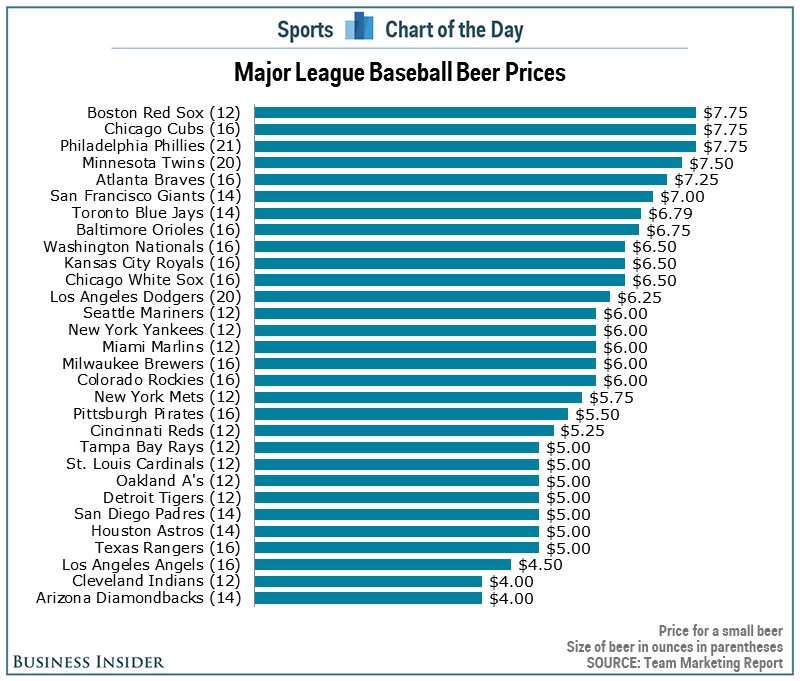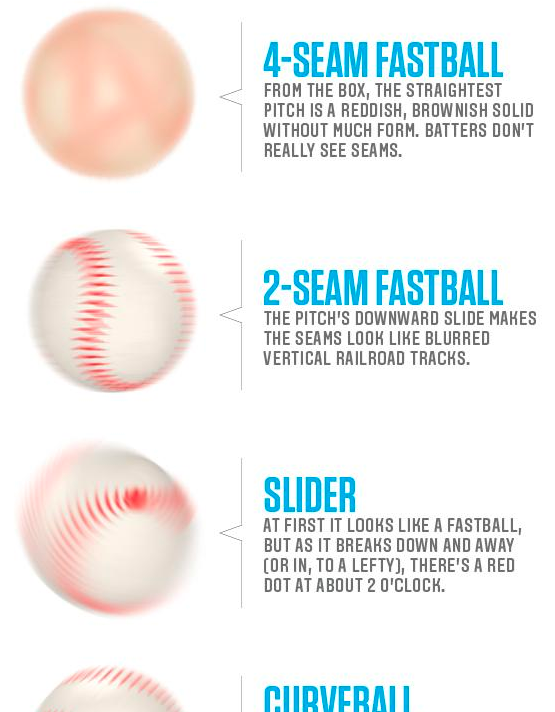So the Red Sox in 2015 are godawful, terrible, bloody bad baseball. But, go back 11 years and they were amazing, fantastic, great and awesome baseball. 2004 was, of course, the year the curse was broken and that was in no small part due to the pitching efforts of Pedro Martinez, who would head down to Flushing in the off-season to end a seven year run of Pedro pitching for Boston. Well, this weekend, after being elected in his first year of eligibility, Pedro enters the Hall of Fame and then will have his number retired at Fenway.
The Boston Globe looked at Pedro, his arsenal, his career, and his best game ever: the 1999 17-strikeout, one-hit performance against the Yankees in Yankee Stadium. The whole piece is worth a looking. But this screenshot shows just how devastating his changeup was, especially in the context of an upper-90s fastball.
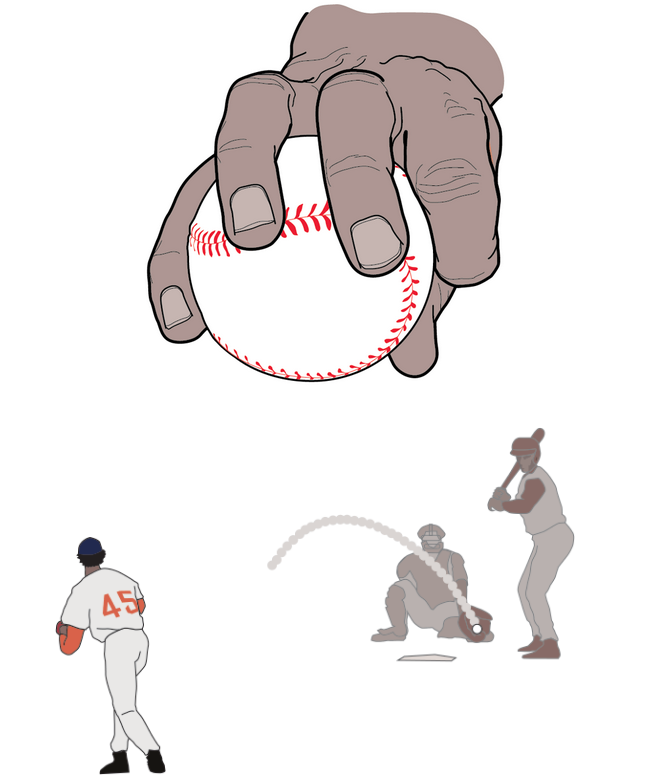
Who’s your daddy?
Credit for the piece goes to


